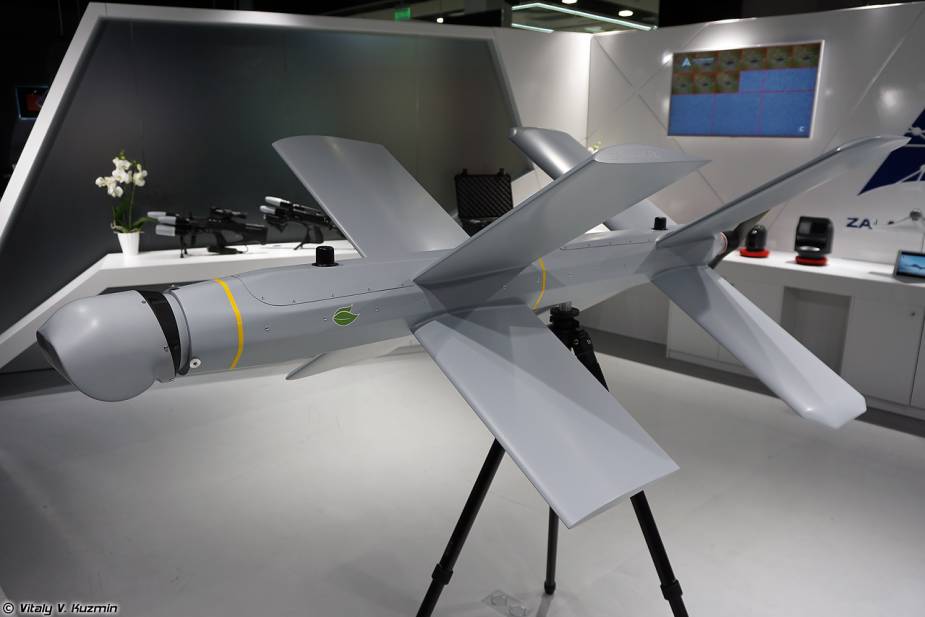Breaking news
Russia uses in Ukraine Lancet kamikaze drones primarily to destroy US and European combat vehicles.
The Russian Lancet loitering munitions also called Kamikaze drones become a nightmare for the Ukrainian armed forces. Recently, the Russian Ministry of Defense released several videos showing the destruction of combat vehicles by Lancet loitering munitions. Russia uses these drones to primarily target combat vehicles, artillery and air defense systems delivered by the United States and European countries.
Follow Army Recognition on Google News at this link

Russian-made Lancet-3 loitering munition. (Picture source Vitaly Kuzmin)
Since the beginning of the war in Ukraine, multiple videos were published on social networks showing Lancet drones targeting Ukrainian military combat vehicles, such as air defense systems, self-propelled howitzers, tanks, and military trucks. Among the targets damaged or destroyed were S-300 missile systems, Buk-M1 air defense missile system, T-64 tank, and Western-supplied M777, M109, FH70, and CAESAR howitzers.
A video was released on January 10, 2023, showing a Russian lancet loitering used to target a 122mm RM-70 MLRS (Multiple Launch Rocket System) donated by the Czech Republic to the Ukrainian armed forces.
The Lancet is a family of Russian-made loitering munitions also called Kamikaze drones designed and developed by the Russian company ZAla Group, a subdivision of the Kalashnikov Group.
A loitering munition is a type of unmanned aerial vehicle designed to engage beyond line-of-sight ground targets with an explosive warhead. Loitering munitions are often portable and many are meant to provide ground units such as infantry with guided precision munition.
A loitering munition is equipped with high-resolution electro-optical and infrared cameras that enable the operator to locate, survey, and guide the vehicle to the target.
Currently, the Russian company Zala Group has developed two variants of the Lancet drones including the Lancet-1 and the Lancet-3 which use the same design and airframe. The main differences are the size and the payload.
The Lancet-1 and Lancet-3 use the same design consisting of a cylindrical fuselage with two pairs of X-shaped wings mounted at the front and rear of the fuselage. Both drones are powered by an electric motor driving a two-blade propeller unit in a pusher arrangement. Electric motors are smaller and lighter than their traditional counterparts, and also unrivaled in terms of acoustic visibility.
The Lancet drone features optical-electronic guidance and a TV guidance unit, which allows the munition to be controlled during the terminal stage of flight. The drone also features intelligence, navigation, and communications systems. According to the manufacturer, Lancet drones are resistant to laser weapons.
The Lancet-1 is the smaller version and has a weight of around 5 kg. It is equipped with a high-explosive fragmentation weighing 1 kg. It has an endurance of 30 minutes and can reach a target at a distance of up to 40 km. The drone can fly at a speed from 80 to 110 km/h
The Lancet-3 is the larger version with a maximum take-off weight of 12 kg. The model is distinguished by increased flight time and the ability to carry a warhead of increased power. It can carry a payload of a maximum 3 kg. It has an endurance of 40 minutes and can fly at a maximum speed of 110 km/h.


























